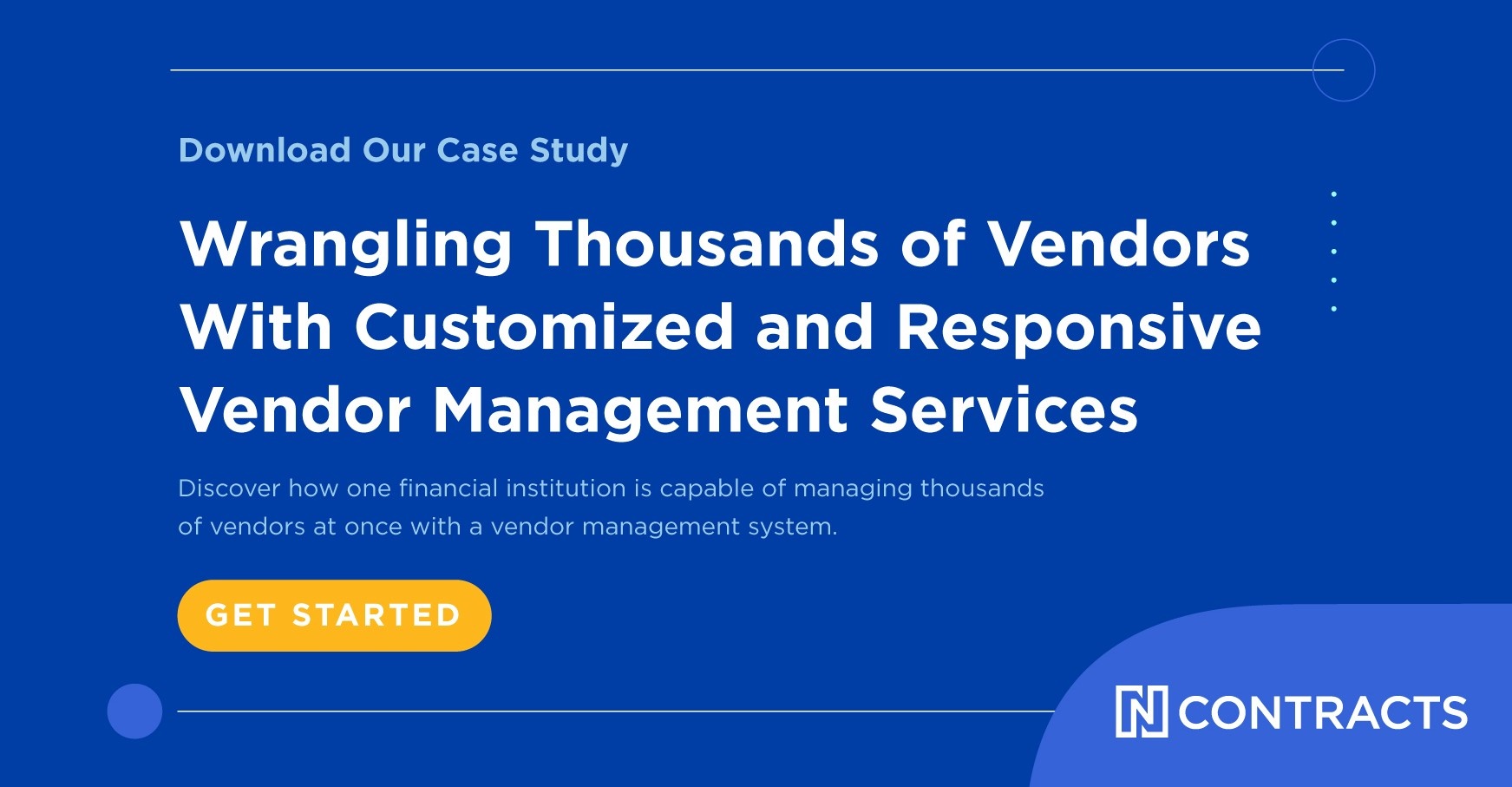Sometimes third-party vendors don’t deliver on their promises. Networks slow or go down. Customer service doesn’t respond promptly. Processing errors happen.
It’s reasonable to anticipate the occasional problem. Vendors fail to deliver on their promises for many reasons—equipment failure, natural disasters, or even deliberate misunderstanding of contract provisions. Service-level agreements (SLAs) exist to limit these problems by setting and enforcing performance requirements. SLAs outline specific, measurable expectations for vendors. They also create vendor accountability with the possibility of financial penalties or even an exit strategy if expectations aren’t met.
For instance, minimum uptime for bill payment might be 99.9 percent every day, week, or month. Or a core processor SLA might grant a discount of three percent if it falls short on one aspect of mission-critical services during the measurement period.
The problem is that it's not always easy to know when a vendor is falling short. While it’s obvious when a network goes down, it may be less apparent when customer service response times aren’t meeting SLA expectations. Several employees may be trying to reach customer service for different, unrelated reasons, and experience the same delays. But if they aren’t talking about the problem with each other, they might assume their individual experience was unusual and not part of a wider problem.
How Incident Tracking Works
How do you know the difference between a one-off error and an ongoing problem? The answer is incident tracking.
Incident tracking is the practice of identifying and recording incidents in a centralized location. It’s about creating a system for entering vendor problems and frustrations and training staff to record them. These records are then regularly reviewed to uncover any troubling patterns.
Benefits of Incident Tracking
Incident tracking is an important part of any vendor management program. The benefits of incident tracking include:
- Increased visibility into vendor behavior. Have employees been grumbling about a vendor or is a department manager asking questions about a vendor’s performance? When vendor incidents are tracked, it’s easy to uncover trends and identify vendors with consistent performance issues. That awareness lets your financial institution take action to address the problem.
- Promote vendor accountability. It’s one thing to tell a vendor that item posting times have been slow lately or that customer service has been rude or nonresponsive. It’s another thing entirely to back that claim up with specific dates and incidents. A vendor will have a hard time denying a problem exists if you have a log to back up your argument.
- Better enforce SLAs. You can’t enforce an SLA if you can’t prove that a vendor isn’t delivering. Incident tracking helps measure vendor performance, giving you the ammunition you need to request credits or other financial penalties and deter future problems.
- Negotiate more favorable renewals. When it comes time to renegotiate a contract, incident tracking can give you leverage to negotiate better contract terms. The vendor will know you are paying attention and that there are issues that may give you reservations about renewing.
Best Practices for Incident Tracking
Incident tracking is an effective tool, but only if handled properly. Make sure you’re following best practices:
- Centralize incident tracking reporting. Individual spreadsheets tracking every vendor and its incidents are impractical for an FI with many critical vendors. Make sure you have a centralized repository for incident reporting. This way you’ll have all the data you need in one place.
- Train staff to recognize and report incidents. If a vendor incident occurs and no one recorded it, did it really happen? Make sure employees are able to recognize vendor incidents and are encouraged and empowered to log them.
- Review incidents periodically for trends. The real value in an incident log is the insights and observations from looking at the incidents holistically. Where are problems occurring? Are they unique to specific departments, business lines, or vendors? Is the problem trending worse or better? Recognizing a problem is the first step in solving it.
- Review a vendor’s incidents before any contract renewal discussion. Don’t renew a vendor contract without reviewing the vendor’s incident log. Not only will it help you decide if it’s a third-party relationship you want to continue, but it will also let you know if new provisions need to be added to the SLA to improve performance. It’s an essential part of contract management.
- Integrate incident tracking into your vendor management program. When incident tracking is integrated into vendor management, it makes it easier to remember to log incidents, regularly review incidents, and use incident-related data in vendor risk assessments and contract negotiations.
Incident tracking and oversight capabilities give your institution a tighter handle on any activity in its contract portfolios.

